

b.jpg)
.jpg)

Images du séminaire 2007 à Valbertier:
Valbertier's
Freeflight 2007
Free Flight France
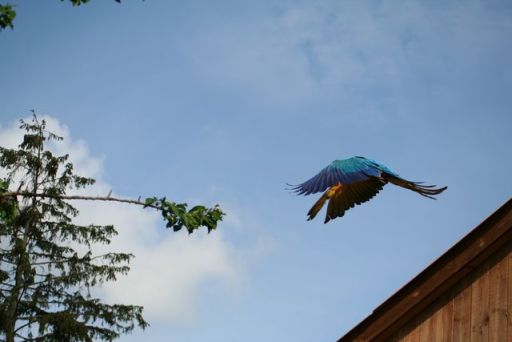
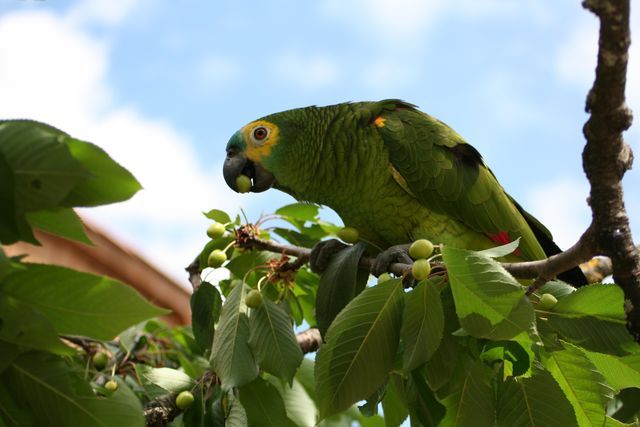
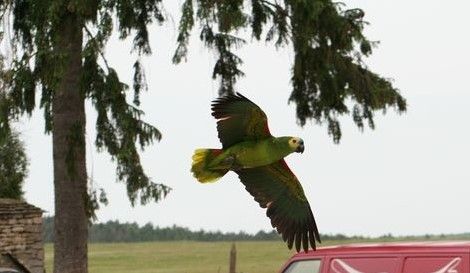
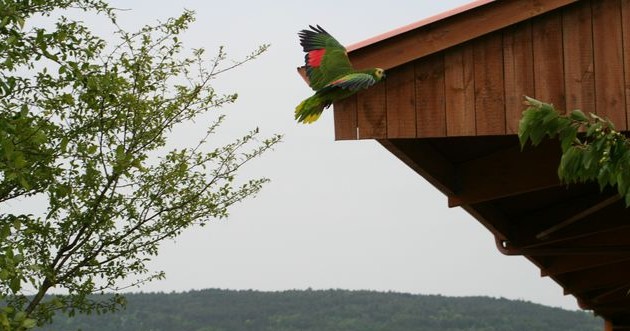
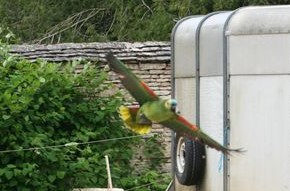
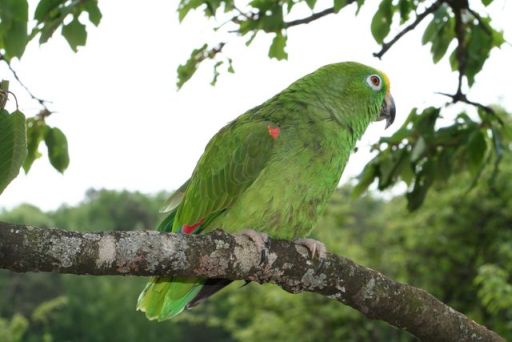
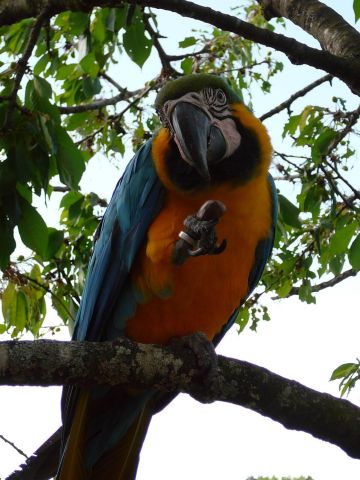
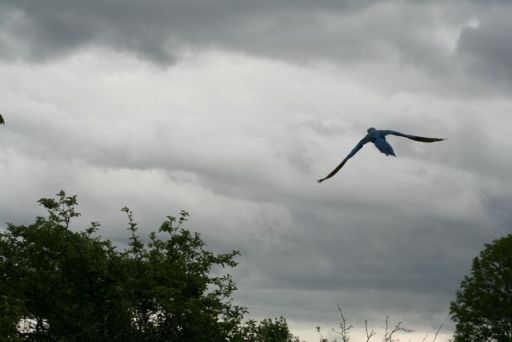
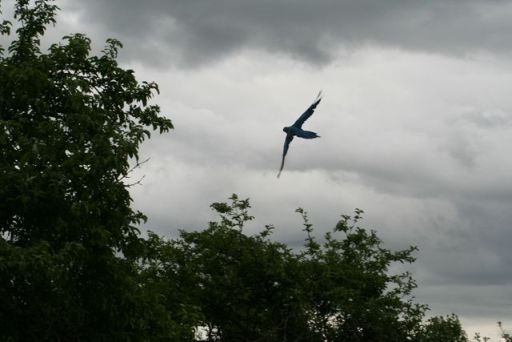
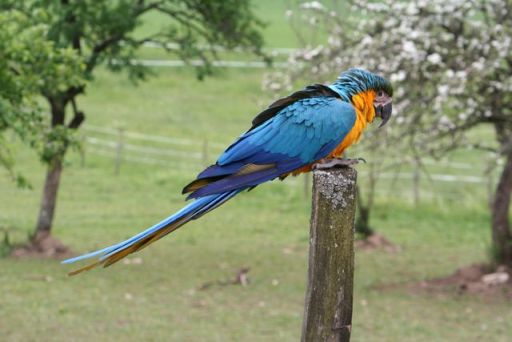
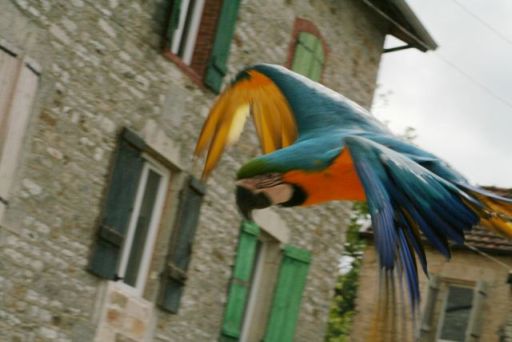
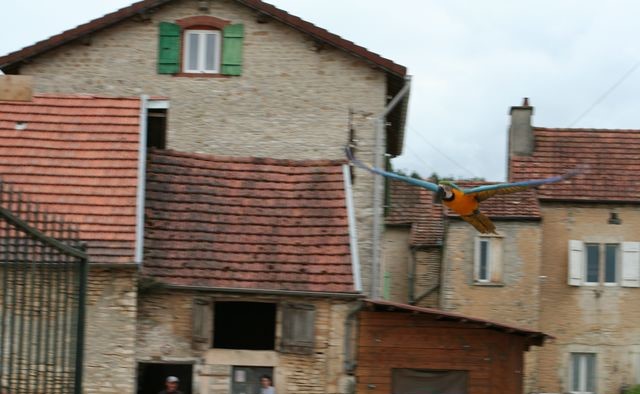
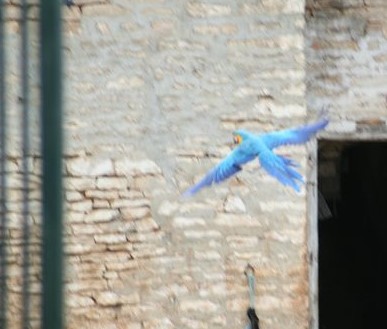
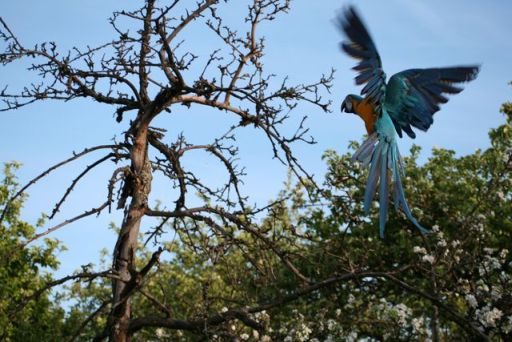
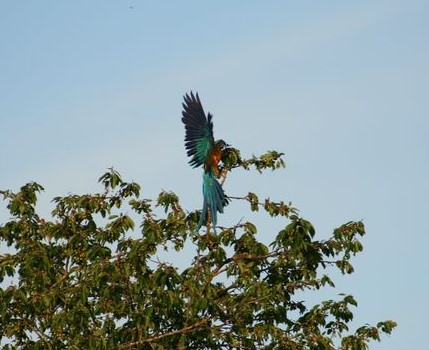
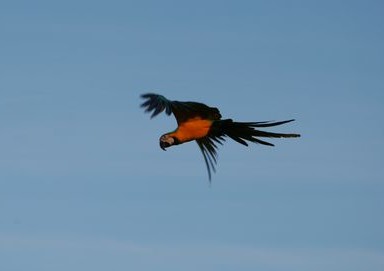
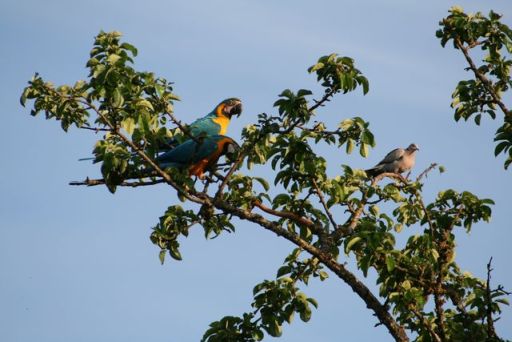
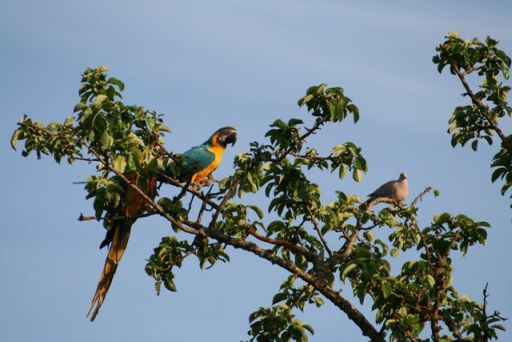
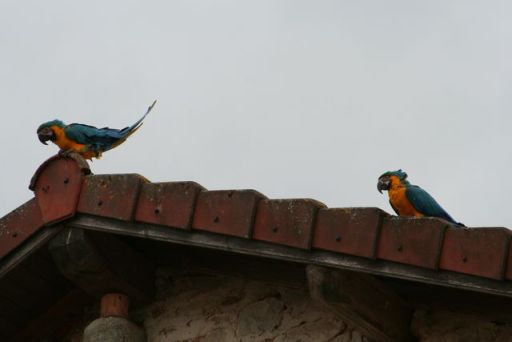
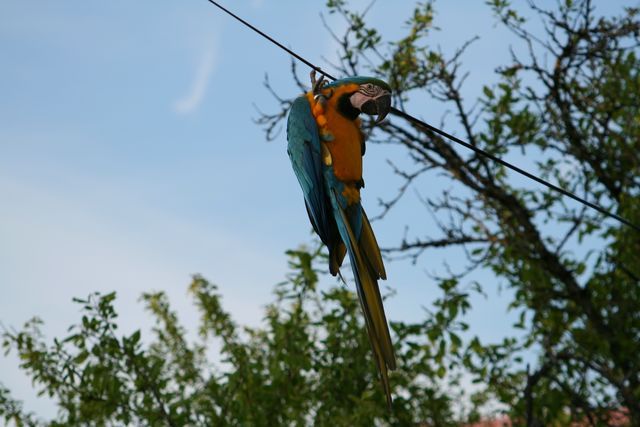
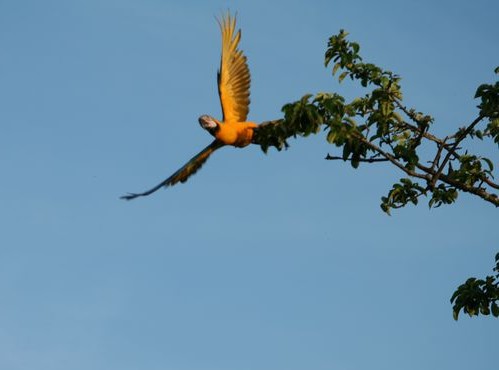
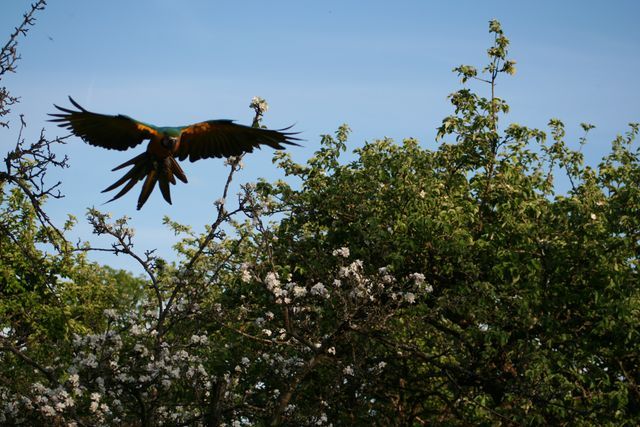








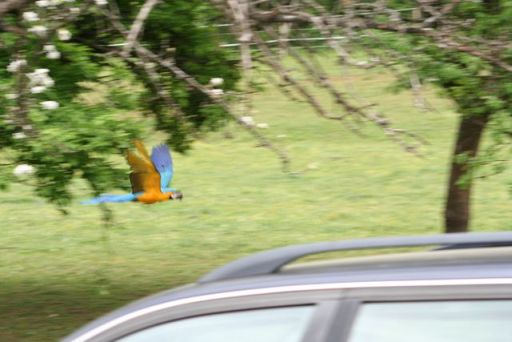








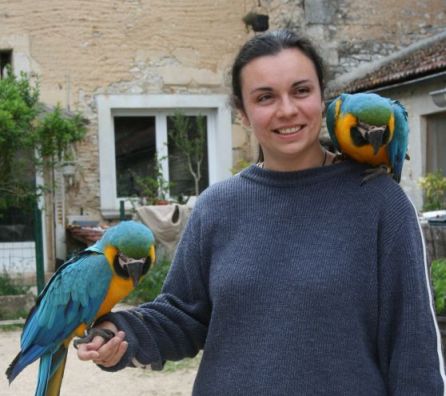









































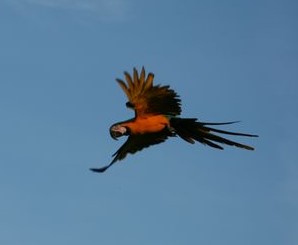
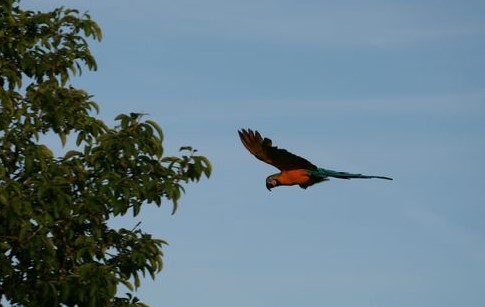








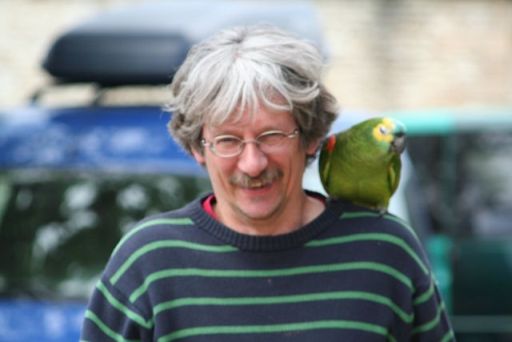






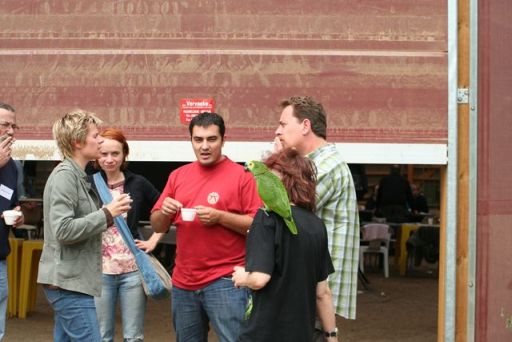



Merci à Gitti pour toutes les photos du séminaire qui suivent:
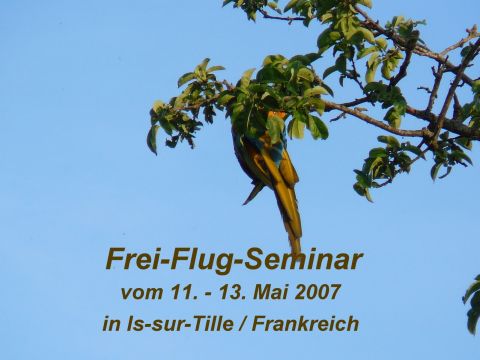
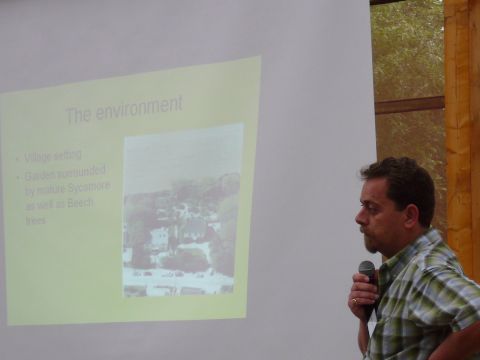
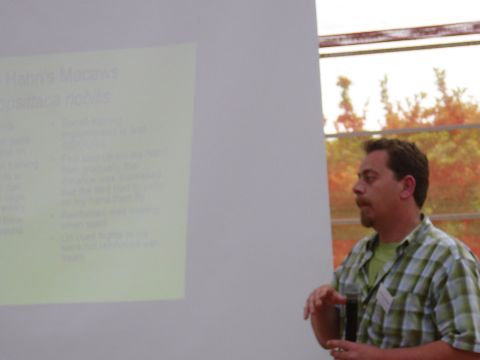
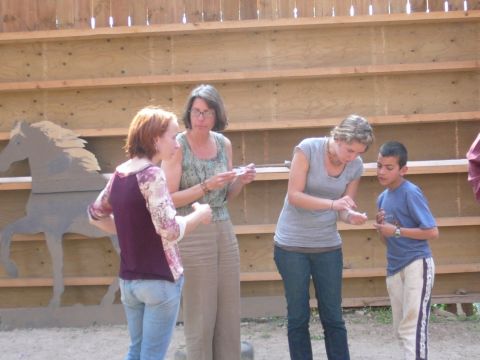
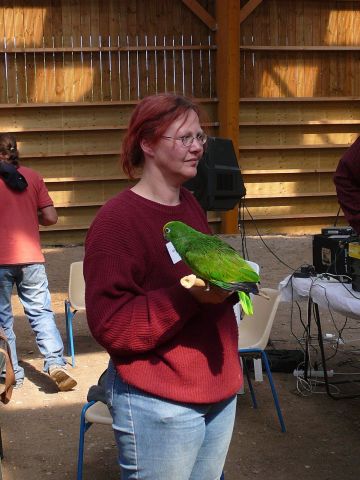
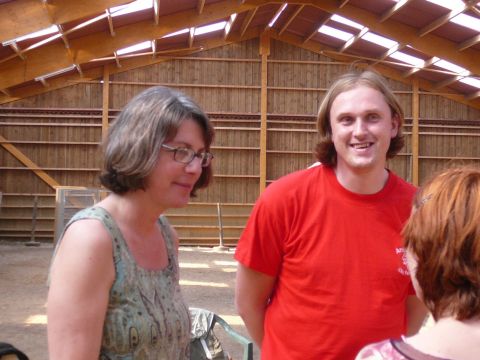
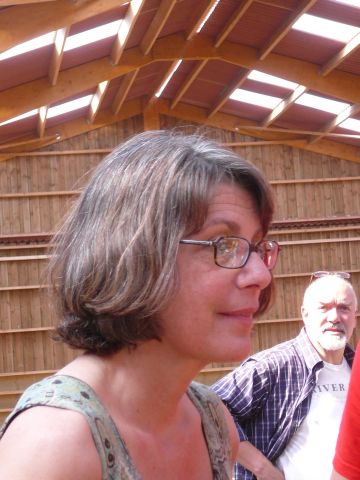
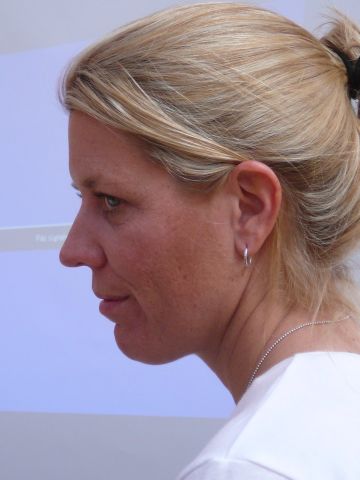
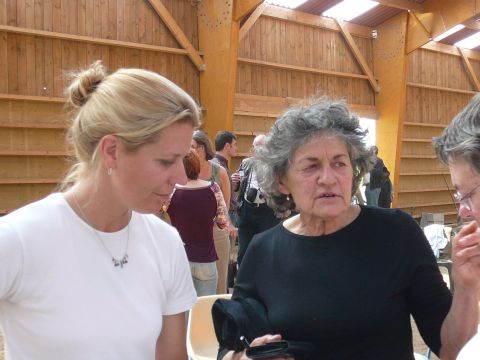
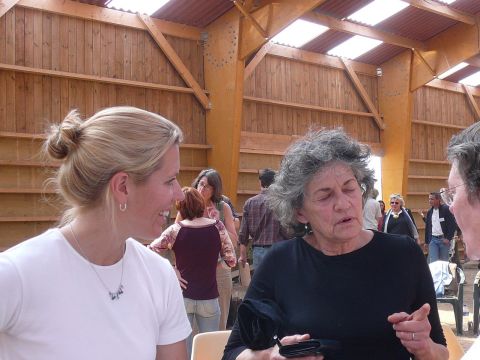
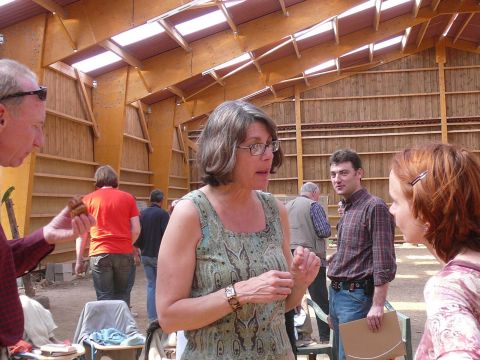
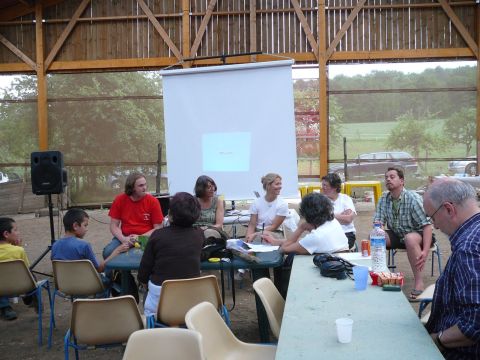
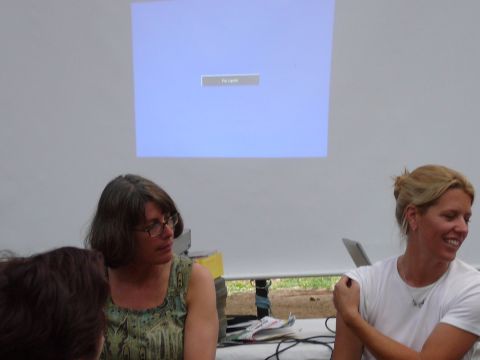
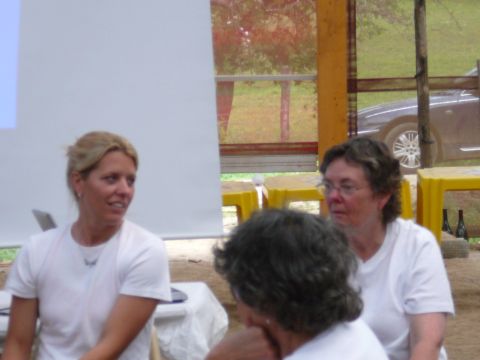
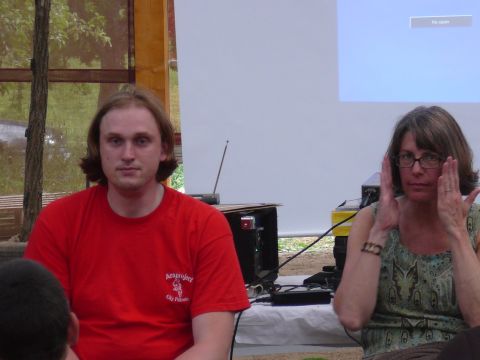
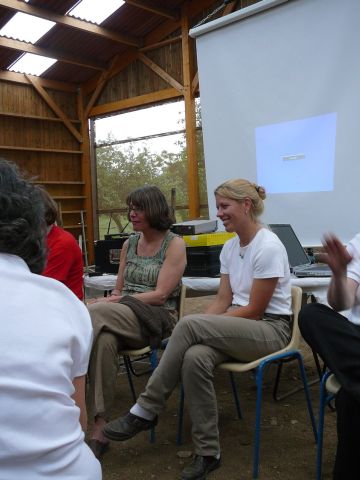
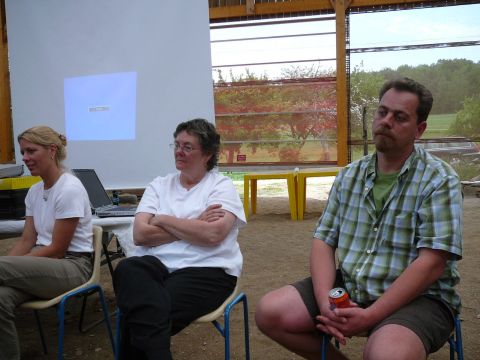
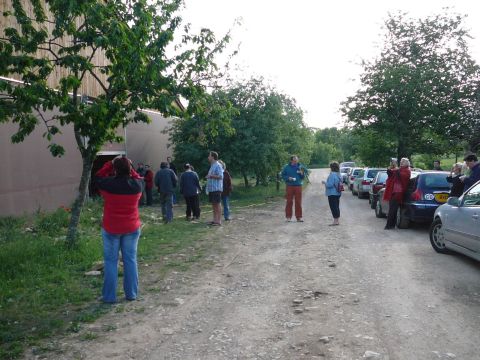
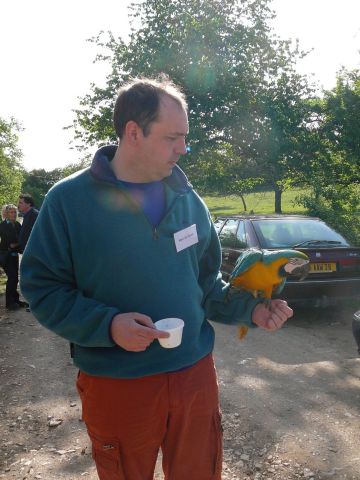
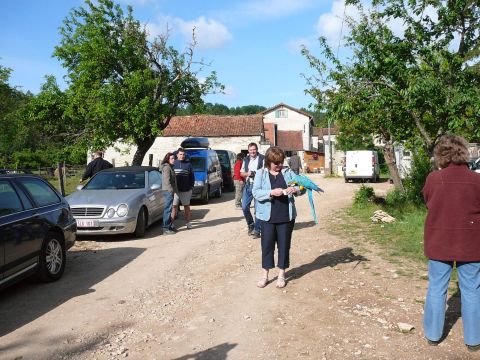
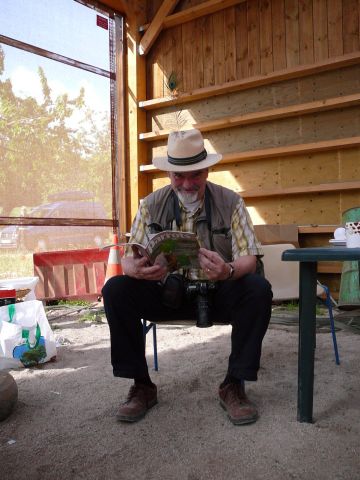
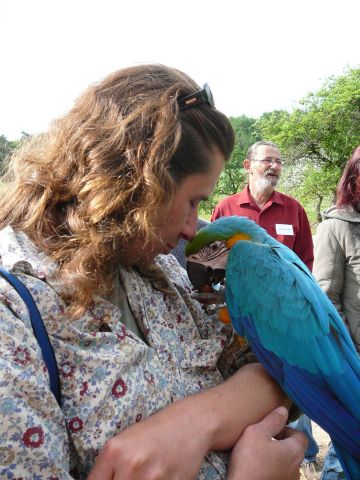
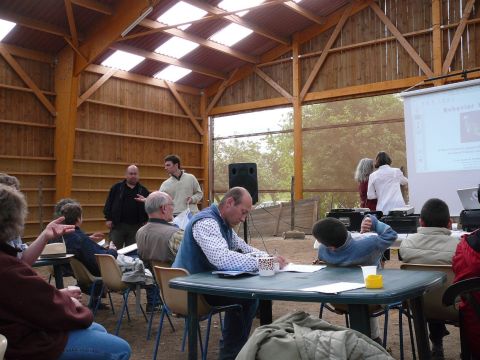
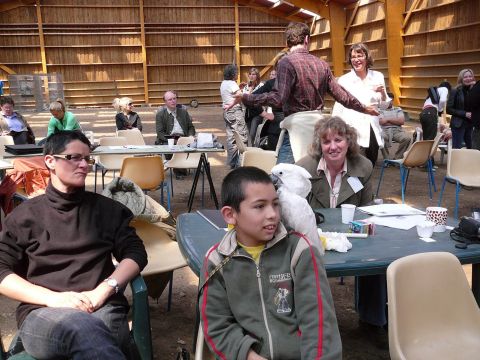
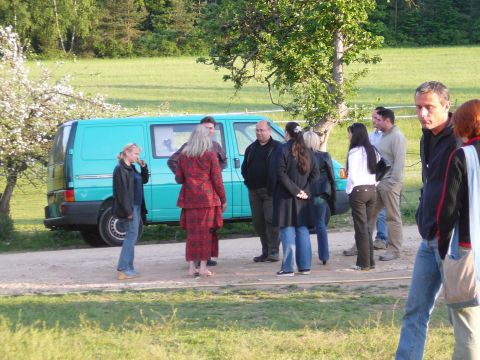
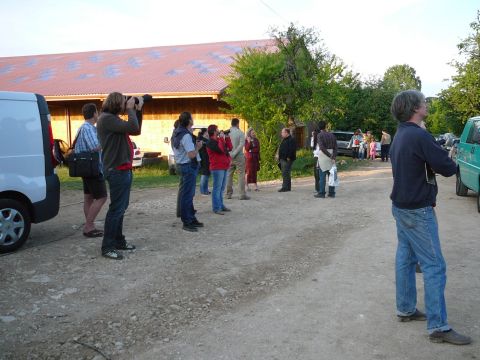
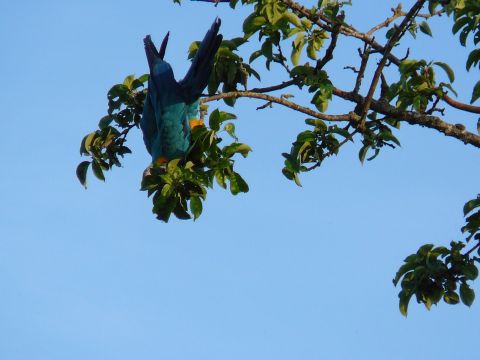
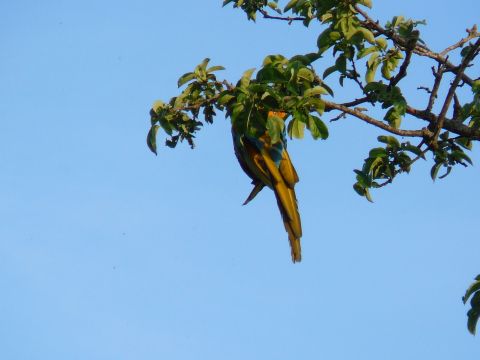
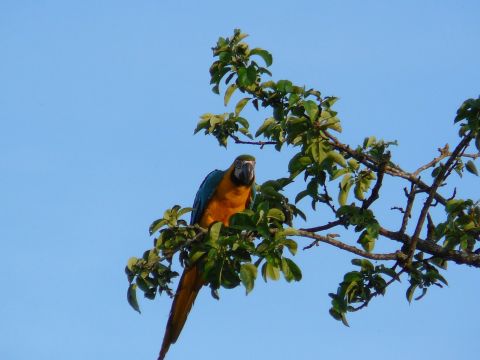
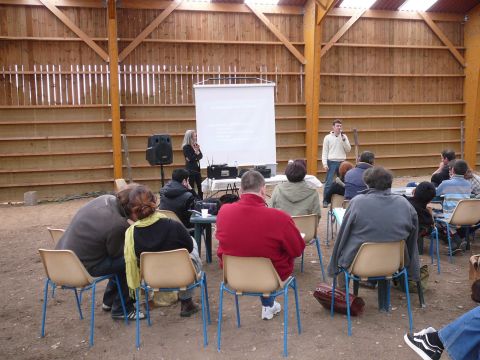
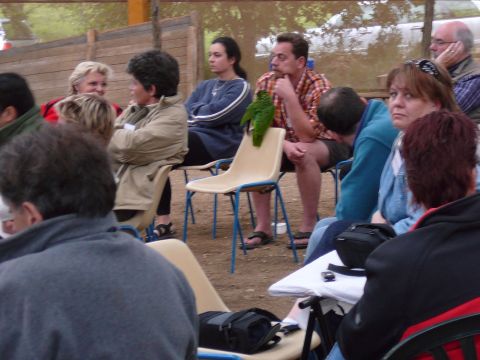
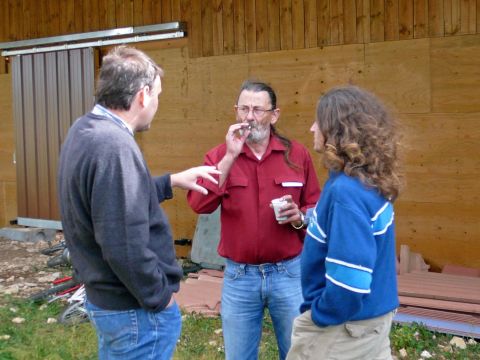
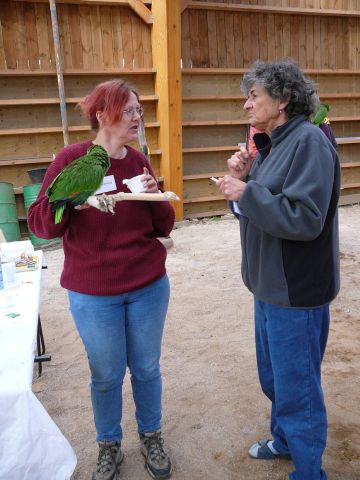
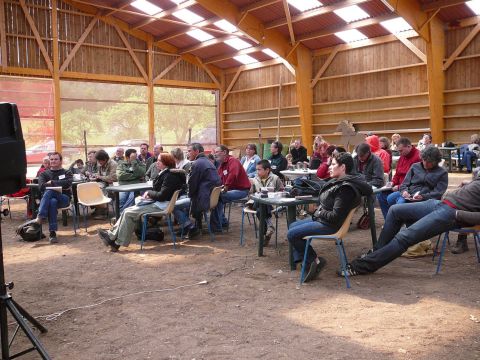
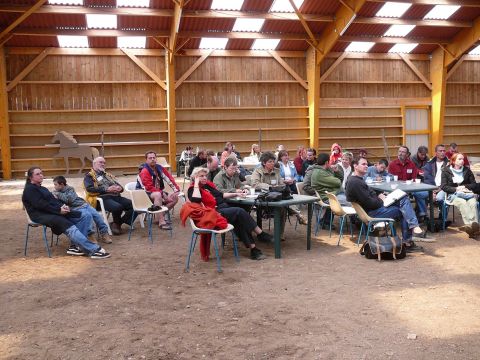
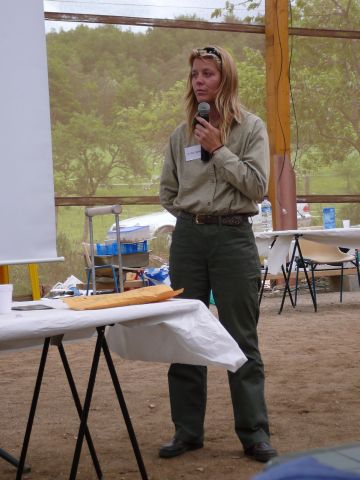
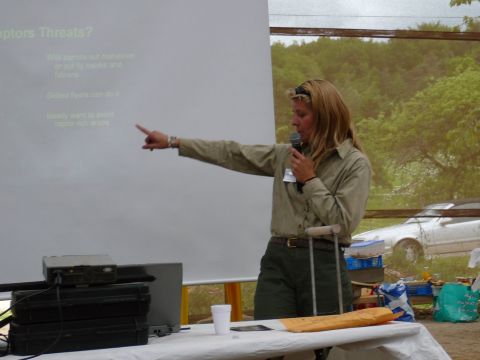
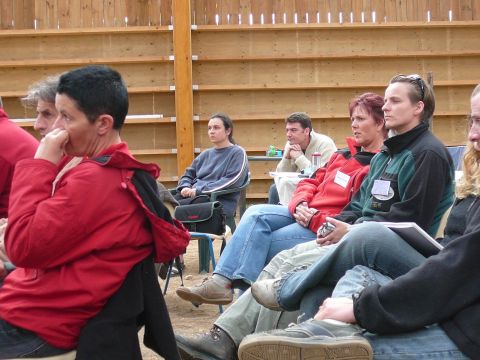
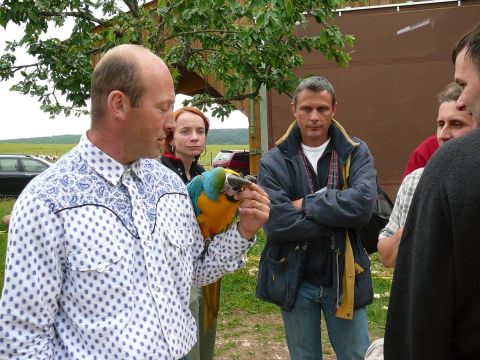
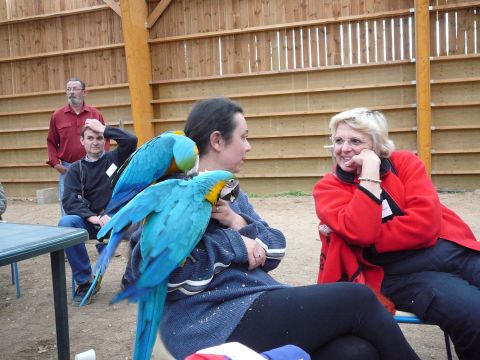
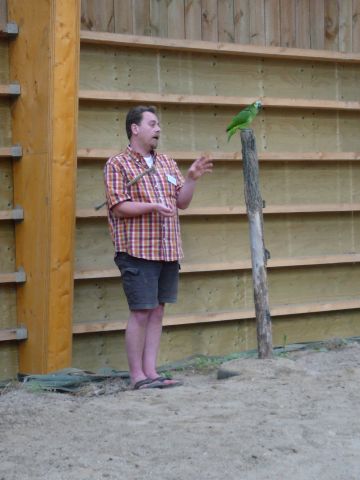
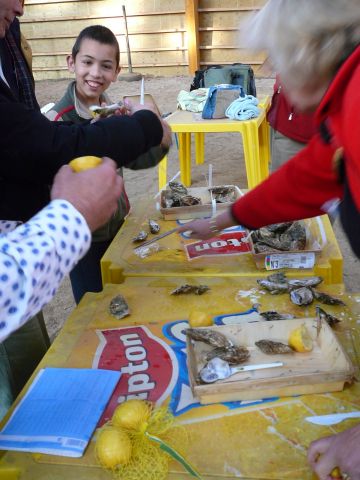
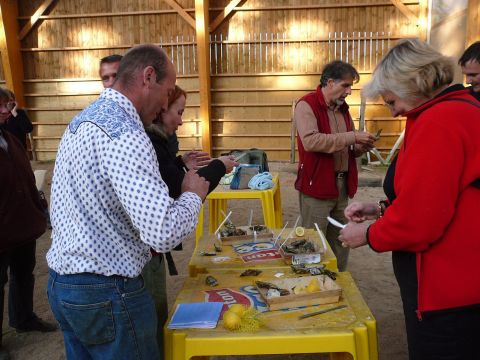
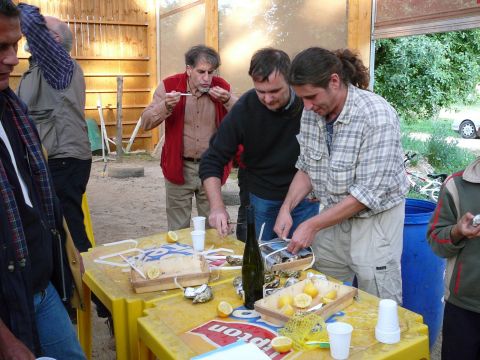
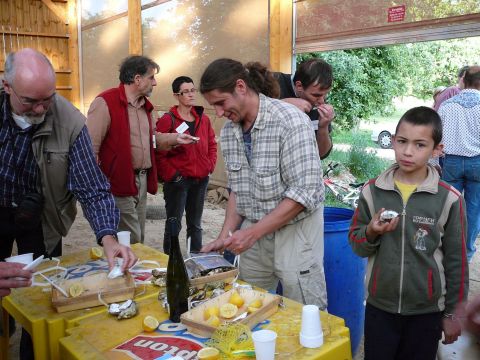
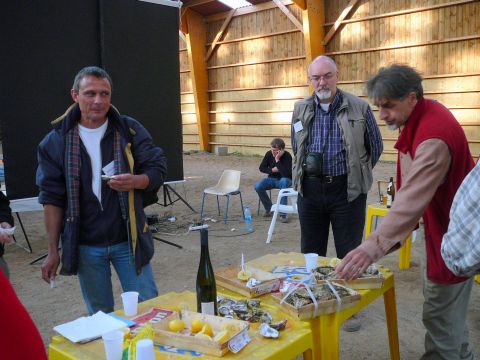
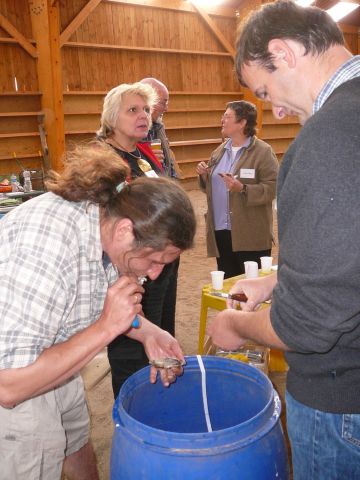
Le quotidien à Valbertier ...
a.jpg)
a.jpg)
a.jpg)
a.jpg)
a.jpg)
a.jpg)
a.jpg)
a.jpg)
a.jpg)
a.jpg)
a.jpg)
a.jpg)
a.jpg)
a.jpg)
a.jpg)
a.jpg)
a.jpg)
a.jpg)
a.jpg)
a.jpg)
a.jpg)
a.jpg)
a.jpg)
a.jpg)
a.jpg)
a.jpg)
a.jpg)
a.jpg)
a.jpg)
a.jpg)
a.jpg)
 |
 |
 |
 |
|
|
 |
|
|
 |
|
|
 |
|
|
|
Valbertier : séminaire 2008
anglais
Cette rencontre aura lieu en cette année
2008 les 8, 9, 10 et 11 mai à
Valbertier en Côte d’Or (région Bourgogne).
Contact: valbertier@free.fr
tel: 03-80-95-29-59 ou 06-64-37-29-59 from
another country : 0033-380-952-959 or 0033-664-372-959
*Programme
prévisionnel: -Chaque
matin conférence et enseignements par le *Dr Susan Friedman (un des plus éminents scientifiques du comportement des
perroquets) sur le comportement et les lois qui leur sont propres (du vol
libre aux comportements problématiques: cris, agressivité...etc...), et
sur les savoirs nécessaires pour un entraînement efficace. Prendre des
cours avec le Dr Friedman a changé la vie de plus d’une personne, et
pas seulement dans le rapport aux oiseaux… -et
sur les après-midis, exposés et enseignements par *Marcus von Kreft
et *Gay Noeth, (vol libre, enrichissement du milieu) et exercices
pratiques (écoute des cas individuels pour les personnes ayant amené
leur perroquet et mise en pratique, entraînement, selon les buts, les
projets ou éventuels problèmes de chacun...)
* Marcus von Kreft est un biologiste aviaire allemand vivant
en Angleterre, où il passe sa vie à œuvrer au bien-être des
perroquets, possédant lui-même plusieurs oiseaux évoluant librement
toute l’année, il parlera de ses oiseaux (amazones reproducteurs et aras
de Hahn EAM) en expliquant les méthodes que l'on utilise pour faire voler
les uns et les autres et encadrera les exercices pratiques. *Susan G. Friedman, Ph.D,
est professeur à l'université de L'Utah (US). C'est une
comportementaliste bénéficiant d'une expérience de plus de 25 ans. Son
domaine d'expertise est l'apprentissage et le comportement, plus spécialement
axé sur les troubles du comportement des enfants. Avant de vivre dans
l'Utah, Susan était professeur à l'université du Colorado, puis vécut
à Lesotho, en Afrique durant 5 ans, période au cours de laquelle elle
dirigea la première école américaine de Lesotho. Quand on lui demande pourquoi elle s'est tout
particulièrement intéressée au travail avec nos compagnons perroquets,
Susan explique en faisant un clin d'oeil “j'ai toujours aimé travailler
auprès de délinquants juvéniles.” ................................................................................. *Marcus von Kreft travaille avec des perroquets depuis
presque 30 ans et sa société “Parrot advice 4U” propose depuis 1999
ses conseils professionnels. Parallèlement, il publie des articles
concernant les perroquets, les conures et les perruches dans : -au “Loro Parque” à Ténérife
en Espagne, maison de la fondation Loro Parque qui détient la plus riche
collection d'espèces de perroquets au monde. -au parc Paradis, Cornouailles,
Royaume-Uni, foyer du “World Parrot Trust” - et pour Al Wabra Wildlife Preservation au Quatar, pour
travailler avec les aras spix et aras de lear. .......................................................................................... *Gay Noeth vit à Saskatchewan au Canada.
Elle vit depuis 1991 avec bon nombre de perroquets, et élève des
psittacidés africains pour lesquels elle a une prédilection. En tant
qu'éleveuse, elle s'est immédiatement intéressée aux différentes
manières de procurer aux perroquets la vie la plus riche possible en
captivité et s'est en même temps passionnée pour l'étude de leurs
comportements. Elle a écrit de nombreux articles, dont voici quelques
références:
http://www.goodbirdinc.com/magazine.html
-*Programme
encore cours d'élaboration (seuls les intervenants ayant donné
confirmation de leur participation à ces dates sont mentionnés, nous
attendons d'autres réponses ...) et dont la concrétisation est soumise à
un nombre minimal d'inscrits.
Modalités et tarifs du séminaire: Réduction pour les paiements effectués avant le 1ier
Avril:
summary of the meeting 2007 from Nina Hollenberg (NL)































.jpg)
b.jpg)
1)%20(7)b.jpg)
![]() séminaire sur le comportement des
psittacidés et l'entraînement au vol libre
séminaire sur le comportement des
psittacidés et l'entraînement au vol libre
http://www.parrotadvice4u.co.uk/page2-2.html
Susan a écrit pour de populaires revues concernant les perroquets au
sujet de l'apprentissage et du comportement et elle est le premier des
deux auteurs que l'on trouve dans l'abrégé de sciences vétérinaires
aviaires de G. Harrison et dans le manuel du comportement du perroquet de
A. Luescher. Plusieurs de ses articles peuvent être trouvés sur le net
sur (www.thegabrielfoundation.org/HTML/friedman.htm).
Susan a enseigné le comportement animal aux côtés de Steve Martin dans
son ranch (voir www.naturalencounters.com)
et dans différents zoos à travers le pays; elle intervient également
dans des clubs et conférences; et elle est un membre pilier de l'Equipe
de Sauvegarde du Condor en Californie. Son cours très attendu en ligne
“vivre et apprendre auprès des perroquets” est décrit sur: www.behaviorworks.org.
o
Parrots
magazine
o
Parrot society
magazine
o
Papageien
Magazin
.
dirige des recherches scientifiques sur les perroquets en captivité,
concernant leur bien-être, leur comportement, , le design des volières
et l'enrichissement du cadre.
. Afin
d'enrichir ses connaissances à propos des psittacidés concernant leur élevage
et leur bien-être, il a travaillé comme volontaire
-"What's the Hurry" Volume 1 Issue 3 (Fall 2005)
-"Enriching Parrots with Foraging Branches" Volume 1 Issue 4
(Winter
-"Not so Stupid Pet Tricks" Volume 2 Issue 3 (Fall 2006)
-"Positive Fallour from Trick Training" Volume 2 Issue 3
-"Bite Me" Volume 3 Issue 1 (Spring 2007)
1 jour 85 Euros / 2 jours 138 Euros / 3 jours 168€/ 4 jours 198€
Pour ceux qui enverront
leur règlement à partir du 1 ier avril:
1 jour 98€ / 2 jours 150 € / 3 jours 180 € / 4 jours: 225€
C'est un programme provisoire qui peut changer légèrement .
Pour ceux qui souhaiteraient bénéficier des installations du centre de
loisirs de la ferme équestre de Valbertier, un hébergement est possible sur place, réservé en priorité à ceux qui
feront les 4 jours, chambres collectives
:
2/3/4 ou 5 personnes: 12€/personne et par jour (sanitaires collectifs
également). Il est également
possible d'avoir un emplacement toujours sur place pour tentes, caravanes
ou mobil-homes (5 € par personne et par jour). Toute l'équipe
organisatrice loge sur place, et en soirée, nous favoriserons la
convivialité et la bonne humeur pour encore plus d'échanges.
Il est possible d'amener ses perroquets, (4€ par perroquet et par jour)
mais il faudra leur prévoir la cage pour le séjour, et présenter des
tests sanitaires tout récents: PBFD, chlamydia...
Des
traductions simultanées sont prévues pour faciliter la compréhension
des intervenants anglophones.
Voilà, pour plus de renseignements, n'hésitez pas à nous joindre :
valbertier@free.fr
 First European seminar of behavior
and free-flight training
First European seminar of behavior
and free-flight training
First European seminar of behavior and free flight training will take
place at 11-13 May 2007 at Valbertier farm near Dijon, France.
Our lectors:
Dr.Susan Friedman (USA)
Marcus von Kreft FdSc Bird Biologist (UK)http://www.parrotadvice4u.co.uk/page2-2.html
Roelant Jonker MSc (Netherlands) http://araproject.nl/
Dr. Sue Tygielski (USA)http://www.youtube.com/watch?v=ZNchUanL40M
Igor Maskin (Israel) http://www.foto.radikal.ru/f.aspx?b060237bb5337576cjpg
http://mybirds.ru/talk/about/maskinfr1.php
You can learn about:
-Methods that allow free flight of parrots in captivity
-Conditions that will facilitate your training with pet birds and breeders
alike
-How to choose the right bird for the free flight
-Trainings and exercises that will help you to build trustful relations
with your bird
-You can participate at a day long course of Dr. Susan Friedman from Utah
University. This course is designed to teach participants how the parrots
learn. By understanding the fundamental principles of learning and behavior, the caregivers can facilitate successful parrot's behavior for
lasting companionship
-Roelant Jonker will show us a colorful presentation on Free-range/ feral
parrots around the world and the opportunities of these birds for
conservation
-You can try to train birds at the facility
All 3 days you will enjoy, seeing the flighted birds of experienced
trainers and owners.
The prices of participation:
1 day
2 days
3 days
discount for those who pay before 1 April :
1 day
2 days
3 days
(These prices include participation at all courses and training exercise
during the days of your choice).
For more information contact, please, Christine Picherit-Steinbrucker : valbertier@free.fr
I was one of the people who went to the Free Flight seminar. I was
There with my 52- year old yellow-crowned parrot Borre, who
Eventually proved that he never learned to fly at all. I will try to
Give a summary of those three days full of presentations, lectures,
Trainings and interesting conversations.
I went there by train on Thursday may 10th, and met Isabel on the
Dijon station, carrying her Bébé in a small cage on her breast.
Together we travelled to Is-sur-Tille, along with two more people
From Holland. Isabel told me she came by airplane from
Portugal,taking her parrot in the cabine as hand luggage for only
€22,-!
We were picked up at the station and went to the Valbertier farm,
Which is a nice old farmhouse, surrounded by fields, in which the
Horses graze, accompanied by their foals. Most of the people slept
At the lodging house next to the farmhouse. I, however, decided to
Put up my tent next to the riding hall where the seminar was held.
After Borre got his meal I brought him to his carrier box in my tent.
During the evening I met already some of the lectors, that were
Staying at the lodging house as well: Marcus von Kreft, and Igor
Maskin. I also met Dot and other participants. Isabel and Bébé
However, got some private lessons because Bébé really had a crush on
Men with grey hair.
During the night I noticed there was a lot of high pressure: I woke
Up with a headache. Immediately the wind started to blow fiercely
Around the tend, and every now and then there was some lightning...
I went outside to fix a part of the tent that was loosened, and
Decided not to go to the farmhouse.
The next morning we got our breakfast in the riding hall, which was
Announced by loud music from the speakers. Borre didn't wanted his
Pellets anymore since he tasted his first croissant!
After breakfast the first presentation started. Igor Maskin
Introduced himself to us, and announced the programme for that day.
But first he handed the microphone to Christine, who told us about
Her style of natural horseriding. The way she described it, it
Sounded a lot to Freestyle riding, the type of horsetraining that
Came well-known thanks to people like Monty Roberts. She also told
Us, that her way of training parrots is very similar to her way of
Training parrots. Her blue-and-gold macaws come on recall, and are
Regularly flying free on the property.
Then Igor told us about his mixed flock, and the way he uses a food
Schedule to create an ideal moment for training during the day. He
Doesn't work with weightcontrol, but creates a moment during the day
When the birds have been resting, and are active and alert. They
Haven't had their evening meal yet, and are willing to work for
Their favorite food. It was very interesting, and I'm translating
Everything into dutch, in order to write a workable summary.
Then we got our lunch, which was of course a hot meal with three
Courses. Borre enjoyed it, hahaha!
After lunch there was the presentation by Sue Tychielski of the
Arizona-Sonora Desert Museum. She does work with weight-control, but
That is because of the nature of raptors. She trains the beautiful
Harris hawks and the ravens at the museum, and she also works with
Parrots. She treats the birds like they were athletes, and told us a
Lot about the advantages of Free Flight for our pet birds.
Then we started to work in smaller groups: a group which consisted
Of english-only speakers, who was going to work with Bébé and Marcus
Von Kreft, another group of French-only spekers, who worked with
Igor in an aviary with Doux-doux, a 1,5 year old umbrella cockatoo,
And Rubens, a hawk-headed parrot of the same age, and the group in
Which I was, consisting of english/French speakers, who worked with
Marquis and Fienchen, two young african grey parrots, 10 and 11
Months old. It was Sue who worked with our group. First the owner of
The parrots had to show us how she made them step up, because this
Is the basic of all Free Flight training. After this, it was our
Turn to volunteer and make Fienchen step up. I also tried. I handed
Borre over to one of my group members, and entered the aviary. I had
To held out my hand and ask Fienchen to step up. She did, and
Immediately I gave her a sunflower seed. Then I had to try it again,
And now Fienchen tried to bite me. I had to pull back my hand and
Try again. After a few times I had to stop. Fienchen was put in her
cage and didn't get any reward! Now it was Marquis' turn to work,
but he was too much distracted. After this Sue asked me if I wanted
to do anything with Borre. He didn't really feel comfortable on a
high pole, and proved not to be able to fly. He simply didn't learn
at all how to fly, probably because he was taken from the nest as a
young chick. It was up to me now to decide whether I should train
him how to fly or just to clip him again for safety reasons. I
decided to work with him on stepping up without biting, which I
managed to teach him during the rest of the weekend.
In the evening we got oisters as a starter! What a treat! and then
of course the french hot dinner, and the cakes for desert.
The next day was Susan Friedman's! We got a nice hand-out, and she
told us, this was going to be her 9 day workshop on Positive
Reinforcement put together in one! She told us that all behaviour
has a reason, and then she showed us many examples which were all
very interesting, but too many to write all down here. I will work
them out in my summary as well! I discovered that sometimes really
you are teaching your parrot how to bite. it is difficult not to
pull back your hand when giving your parrot a reward, for instance.
Also the frequency of rewarding is very important. She also told us
about target training with a target stick.
In the afternoon we got a nice excercise: one of the participants,
Suzy, volunteered and had to go outside for a moment. In the
meantime we chose something she had to do. She had to put a hat upon
her head and sit down on a chair. Suzy came in, and Susan showed her
the clicker in her hand. She told Suzy that every click meant a
million dollar on her swiss bank account, and then Suzy had to find
out what she had to do. It was difficult, she couldn't do anything
but just walk, and the frequency of clicks told her if she was going
in the right direction. Finally she was in the chair with the hat
upon her head.
Roelant Jonker's programme was put forward, because he wanted this
programme to start when it was dark. So we had an evening programme.
Roelant showed us beautiful pictures of the City Parrots project.
Populations of parrots that flourish in cities like Hong Kong and
Singapore, in Los Angeles, New York, Den Haag and Medellin. It was
very interesting, but it was getting very cold... I was happy the
Picherit boys had put up a campfire ( though I sometimes feared
sparks landing on my tent!) Later that night, on my way to brush my
teeth, I met Marcus and a german lady, and we had a nice chat before
going to bed.
It was a very cold night, indeed. But, since I put a towel over
Borre's carrier box, he wasn't cold at all! After breakfast, it was
Marcus' turn to give a presentation about his free flying parrots,
that live in his garden in Cornwall. He created a real jungle, with
several aviaries. He has a system with anchor bird that stay in the
aviaries while another group of birds is flying free from 30 minutes
up to a whole day. He has a two different species of conures, and
four handbred ara nobilis that he trained on recall. He also has
meyer parrots and red-bellied parrots, and also yellow-crowned
amazons that will have chicks at this moment!
In the afternoon we got the observation training by Susan Fischer
and Sue Tychielski. They handed out a sheet with a repeated image of
a galah cockatoo, three in the first row, and one in the next. We
had to go over the drawing to make a schematic drawing consisting of
ovals and rough shapes. If you draw like this, you are able to do
this very fast. Then you had to draw the contours of Doux-doux,
without looking at your paper. He was sitting still on Igor's hand,
so that was rather easy. Then Isabel stood there in the middle with
agile Bébé, and then we noticed how imporant it was to observe well
and draw fast! Sue explained, that these observing skills were
necessary to notice the slightest movenment in the right direction,
and give your reward well-timed!
After this, there was another interesting moment: we all could ask
questions. And then we noticed that the participants really came
from everywhere. There were also people from Switzerland, and french
parrot-breeders!
Then the sky suddenly became very dark, a storm was going to break
loose! I handed my parrot over to someone, and started grabbing my
belongings from my tent. Then I had to take my tent itself inside,
while it was already pulled up by the heavy wind... I managed to get
everything inside in time, and then it started to rain, with thunder
and lightning and hail... Then the water came like a flood under the
wall of the riding hall, soaking everything in its way. Now I knew
why the floor in the riding hall wasn't even: it enabled the water
to go down to the other side very fast. As soon as the storm came,
it dissappeared. Borre had been sitting at the table with Susan
Friedman, and she told me: "He's a remarkable parrot, he didn't show
any concearn!" I started folding my tent, and Borre jumped down the
chair to assist. He gently put his claw on the tent-bag, muttering
somthing that sounded a little like "Helping?"
That last night Borre and I slept in the lodging house. When
exchanging addresses with Isabel, Bébé came flying into the room and
landed on my back. He gently bit my ear, but I didn't mind.
During the whole seminar we could walk on the property in the
breaks, and admire the beautiful blue-and-golden macaws that were
flying around. In Chistine's dining room there were two yellow
shouldered-blue fronted amazons, two adopted birds, who were also
going to be trained as Free Flighters. We also got a glimpse of her
umbrella cockatoo Zazou, who even visited the riding hall. I noticed
there was also an african grey in the house. Of course, the sight of
the mighty macaws was an exciting one, and it was fun to see Roelant
and Angelique running around like paparazzi with their huge
camera's. I kept Bébé for the last. He is so well-trained, and
really looks gorgeous. He was all the time trying to land on the
shoulder of men, but during the weekend he learnt how to sit on a
high pole and stay where he was. Sometimes he was allowed to sit in
the cherry tree, but the macaws were a little territorial, so it was
dangerous to have him stay there on his own. He wasn't used to other
parrots, and didn't dare to come any nearer when I put Borre in the
tree.
On monday, may 14th I went back home. Angelique sent me some
material to translate, on which I will work in the time to come. It
has been a most interesting seminar, and I'm really looking forward
to the next one!




